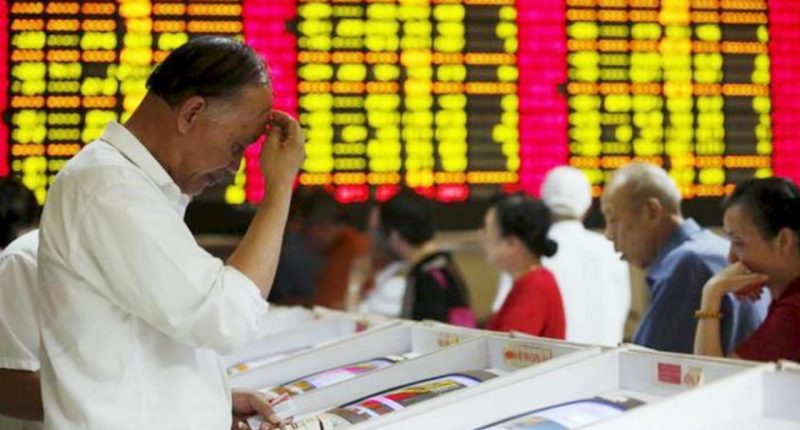- China has recorded better than expected economic growth, making it the first major economy to reverse the effects of COVID-19
- China’s economy grew 3.2 per cent in the second quarter of this year, following a sharp contraction in the first quarter of 2020
- The growth means China has escaped the recession label, which applies after two quarters of negative growth
- Globally, it’s a different story though, with the U.S. officially in recession, it’s first since 2009
- China is also facing challenges abroad, in terms of trade disputes and travel bans
China’s economy has managed to avoid a recession, recording 3.2 per cent growth in the second quarter of this year.
The growth is in stark contrast to the 6.8 per cent contraction recorded in the first quarter of 2020.
But, the 3.2 per cent growth means China has escaped a recession, which applies after two quarters of negative growth
The country’s quick economic turnaround can be attributed in part to its accelerated COVID-19 timeline, compared to the rest of the world.
The coronavirus originated in Wuhan, China, back in November, with lockdowns implemented by the New Year to try and stop the spread of the virus.
Ultimately, China was successful in containing the spread internally, but globally COVID-19 has ravaged large parts of the world since late January.
The U.K recorded its first case of the coronavirus during that month, as did Australia, large parts of Europe and the U.S.
The impacts of the pandemic are still being felt in all of those countries, and dozens more, with the U.S. leading the pack with more than 3.5 million confirmed cases.
America has also recorded its first recession since 2009, as restrictions aimed at limiting the spread of COVID-19 sent the economy into a standstill.
Those restrictions have now been lifted, however, it’s unlikely to stop another contraction from being recorded in the U.S., as rising case numbers see local economies shut down once again.
The global effect of COVID-19 is also likely to circle back to China and affect its own economic growth.
Travel bans are still in place across large parts of the world, restricting Chinese nationals from being able to holiday or conduct business.
China is also being questioned about its role in the pandemic, with trade tensions emerging with Australia as a result.
Beijing is also locked in a trade war with the U.S., with tensions only escalating since COVID-19.








